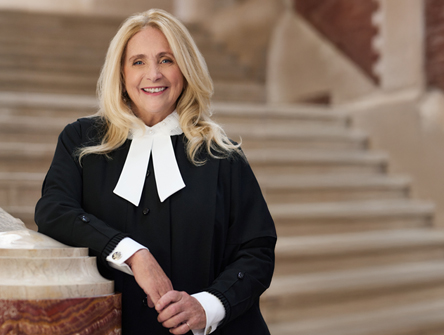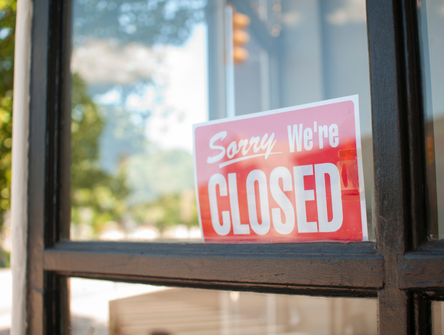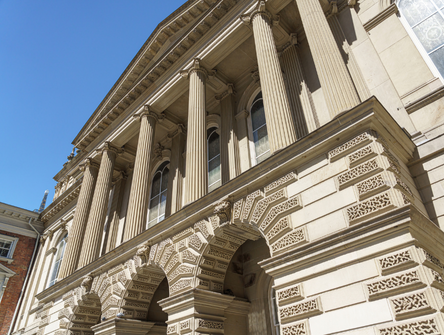Schooling social media giants
A group of Canadian school boards is suing the platforms, accusing them of designing addictive products that harm kids and disrupt learning

The plaintiffs clearly thought it was worth a try. After a series of coordinated attacks by the terrorist group ISIS claimed the lives of nearly 130 people in Paris in 2015, the family of one of the victims — 23-year-old American student Nohemi Gonzalez — sued Google, YouTube’s parent company.
Their claim argued that YouTube’s algorithm led many users to Islamic State recruitment videos and, as a result, was partly responsible for Nohemi’s death. The U.S. Supreme Court bounced the case back to the Ninth Circuit for consideration in light of the decision in Twitter v. Taamneh — a similar case where the court refused to impose “secondary liability” on social media companies in situations where their platforms may have been used by individuals to trigger acts of violence.
So much for the direct approach.
Now, in Canada and the United States, school boards are attempting an end-run around the problem of establishing secondary liability for social media platforms by relying on public nuisance law. It’s a novel use of the law and it could succeed — even if the cases never make it to trial.
In May, five more Ontario school boards and two private schools filed lawsuits against the companies behind Facebook, Instagram, SnapChat and TikTok. They joined four of Canada’s largest school boards in accusing the platforms of designing addictive products that harm kids’ mental health and disrupt learning. Those four boards alone are seeking more than $4 billion in damages.
At the heart of their case is the argument that the social media apps’ effect on young people amounts to a public nuisance — a legal concept applied to situations where a bad actor interferes with the public’s right to something. This can include anything from protesters blocking a rail line or a company polluting a river.
The Canadian lawsuits come in the wake of more than 200 similar claims filed by school boards in the United States, which themselves followed on an earlier wave of claims filed against the makers of e-cigarettes. All these claims have faced the same hurdle: convincing a judge that someone or something is interfering with a public right.
“I don’t think they’re going to have much trouble establishing that social media is bad for young people, that it has negative mental health effects,” says Thompson Rivers University law professor Robert Diab, who often writes about the intersection of law and technology.
“But to make a claim of public nuisance stick, a judge would have to agree that social media has these negative effects, that access to education is a public right and that the social media products are interfering with that access. Any one of these propositions could fail and the claim could fail as a result.”
The challenge facing the family of Nohemi Gonzalez was to draw a causal link between the social media platforms and the radicalization of the person who killed her — a very high hill to climb. In theory, public nuisance should be an easier claim to make as long as a judge can be convinced that a public right to education is akin to the public’s right to use roads or breathe clean air.
Erika Chamberlain, the dean of law at Western University, thinks that's a long shot.
“Canadian courts have tended to treat nuisance law in traditional ways, to protect roadways and waterways, access to fishing, and maybe extending it to environmental harms,” she says. “I’d say the chances of success at trial are pretty low.”
Another challenge facing the lawsuits is proving that the social media platforms owe the schools a duty of care.“
Part of the assessment will turn on whether it was foreseeable that any harm arising from a social media company’s product would affect boards as well as students,” Diab says.
“The Supreme Court of Canada’s test for ‘foreseeability' is ‘whether the parties are in such a close and direct relationship that it would be just and fair … to impose a duty of care in law.’”
Chamberlain wonders whether nuisance lawsuits like these risk usurping the legitimate role of governments in tackling social harms.
“Ultimately, what’s happening here is that nuisance law is being used to address bigger societal harms,” she says.
“It started with environmental harms and we’re seeing it expand to things like opioids, tobacco, and now social media. It’s a trend that has the potential to swallow up all of civil liability law, with all these mass claims trying to address all the ills of society.”
As for the lawsuits’ odds of success, winning isn’t everything. Even if the lawsuits never make it to trial, they could put the school boards in a position to pressure social media companies to change the way their products work.
“The real test is going to be at the summary dismissal stage,” Diab says. “If the case is allowed to proceed, I think it will end in a settlement.”
He suggests that as part of that settlement, the platforms could be persuaded to, for example, deliver content chronologically instead of relying on an algorithm to maximize engagement.
“YouTube,” he wrote in a recent article, “wouldn’t show us the most addictive content, but only the content we’ve chosen to see.”
In that sense, the boards’ ultimate aim may not be simply forcing these companies to pay up, says David Fewer, a specialist in intellectual property and technology law at the University of Ottawa.
“The money being sought in damages is pretty significant but it’s clear to me this isn’t meant to make money for the boards,” he says. “It’s about changing a pattern of corporate behaviour that’s having damaging effects on kids whose minds are still developing.”
Fewer adds: “No one who knows a teacher can be under any illusions about what these apps do to children. And the school boards are not profit-seeking enterprises — they’re fulfilling a core function of the state.”


